LEE Jeongbae
Biography
LEE Jeongbae (b. 1974) creates works that mirror the image of nature among the city's landscapes, which are privatized and tailored to conform to human needs and desires. Prior to this, the artist experimented with various mediums, including painting, photography, video, and installation. In 2016, LEE began to take an interest in representing deteriorating landscapes that had gradually lost all original meaning through the encroachment of capitalism. These segmented images, which become objets, each act as a landscape that portrays various scenes from nature. LEE Jeongbae's works, which examine the daily life of the city, capture fragments of mountains, rivers, and the sky that peer through the cityscape. These images are separated by geometric forms and expressed through the use of artificial materials such as FRP and aluminum panels. Nature, which has been torn apart by capitalism and materiality, is recomposed by LEE into atypical forms and painted over with color. Completed through a delicate process of painting the surface of the sculpture hundreds of times, these works represent new abstract landscapes expressed through LEE's perspective.
Since LEE Jeongbae's first solo exhibition at Munhwa Ilbo Gallery (Seoul, Korea) in 2005, he has shown at Artside Gallery (Seoul, Korea); Window Gallery at Gallery Hyundai (Seoul, Korea); 16 Bungee at Gallery Hyundai (Seoul, Korea); Seodaemun Prison History Hall (Seoul, Korea); Pibi Gallery (Seoul, Korea); Goodspace Gallery (Seoul, Korea); and the Seoul Metropolitan Government (Seoul, Korea). LEE has also participated in various group exhibitions at the Busan Museum of Art (Busan, Korea); Korean Cultural Center in Brussels (Brussels, Belgium); Buk-Seoul Museum of Art (Seoul, Korea); Seoul Olympic Museum of Art (Seoul, Korea); Arario Gallery (Seoul, Korea); CAN Foundation (Seoul, Korea); Whanki Museum (Seoul, Korea), and more. In 2011, LEE was awarded the "JoongAng Fine Arts Prize," organized by the Seoul Arts Center (Seoul, Korea). His works are included in many significant collections such as MMCA, National Museum of Modern and Contemporary Art (Seoul, Korea); Seoul Museum of Art (Seoul, Korea); Arario Museum (Seoul, Korea); Joongang Ilbo (Seoul, Korea); CAN Foundation (Seoul, Korea); Whanki Museum (Seoul, Korea); and ART OMI Collection (New York, USA).
Works
-
 Angled Circle 각진 동그라미, 2024
Angled Circle 각진 동그라미, 2024 -
 Angled Circle 각진 동그라미, 2024
Angled Circle 각진 동그라미, 2024 -
 Blob 얼룩, 2024
Blob 얼룩, 2024 -
 Green Peaks 초록 봉우리, 2024
Green Peaks 초록 봉우리, 2024 -
 Light Blue-Sunlight 연하늘-햇빛, 2024
Light Blue-Sunlight 연하늘-햇빛, 2024 -
 Red Peak 빠알간 봉우리, 2023-2024
Red Peak 빠알간 봉우리, 2023-2024 -
 Bright Rising Sunlight Between Large Buildings, 2023
Bright Rising Sunlight Between Large Buildings, 2023 -
 Bright Sunlight 찬란한 햇빛, 2023
Bright Sunlight 찬란한 햇빛, 2023 -
 Gold Inwang Mountain 금의 인왕산, 2023
Gold Inwang Mountain 금의 인왕산, 2023 -
 Jammed 끼인, 2023
Jammed 끼인, 2023 -
 Jewel-Like Sunlight on the Side of Large City Building, 2023
Jewel-Like Sunlight on the Side of Large City Building, 2023 -
 Mountain Light - Blue, 2023
Mountain Light - Blue, 2023 -
 Mountain Light - Pink, 2023
Mountain Light - Pink, 2023 -
 Mountain Light - Yellow, 2023
Mountain Light - Yellow, 2023 -
 Mountain of Light 빛의 산, 2023
Mountain of Light 빛의 산, 2023 -
 Pink Mountain 분홍산, 2023
Pink Mountain 분홍산, 2023 -
 Pointed Moonlight 뾰족한 달빛, 2023
Pointed Moonlight 뾰족한 달빛, 2023 -
 Pointed Moonlight 뾰족한 달빛, 2023
Pointed Moonlight 뾰족한 달빛, 2023 -
 Silver Inwang Mountain 은의 인왕산, 2023
Silver Inwang Mountain 은의 인왕산, 2023 -
 Silver Thorn and Tree 은의 가시와 나무, 2023
Silver Thorn and Tree 은의 가시와 나무, 2023 -
 Tree of Stone 돌의 나무, 2023
Tree of Stone 돌의 나무, 2023 -
 Tree of White Stone 하얀 돌의 나무, 2023
Tree of White Stone 하얀 돌의 나무, 2023 -
 Wave 파도, 2023
Wave 파도, 2023 -
 Sunlight Shining Brightly Between Buildings 건물과 건물사이 찬란하게 떠오르는 햇빛, 2022-2023
Sunlight Shining Brightly Between Buildings 건물과 건물사이 찬란하게 떠오르는 햇빛, 2022-2023 -
 A Small Pointed Red Mountain, 2022
A Small Pointed Red Mountain, 2022 -
 Beautifully Revealed Triangular Mountain Between Buildings 건물들 사이 아름답게 모습을 드러내는 삼각산, 2022
Beautifully Revealed Triangular Mountain Between Buildings 건물들 사이 아름답게 모습을 드러내는 삼각산, 2022 -
 Beautifully Shining Sunlight on the Side of the Building 건물 옆으로 아름답게 모습을 드러내는 햇빛, 2022
Beautifully Shining Sunlight on the Side of the Building 건물 옆으로 아름답게 모습을 드러내는 햇빛, 2022 -
 Blue Flower 푸른 꽃, 2022
Blue Flower 푸른 꽃, 2022 -
 Bright Rising Sunlight on the Side of the High-Rise Building, 2022
Bright Rising Sunlight on the Side of the High-Rise Building, 2022 -
 Greens 초록들, 2022
Greens 초록들, 2022 -
 Sunlight, Sky 햇빛, 하늘, 2022
Sunlight, Sky 햇빛, 하늘, 2022 -
 Two Bright Rising Sunlight, 2022
Two Bright Rising Sunlight, 2022 -
 Green Flower 초록 꽃, 2021
Green Flower 초록 꽃, 2021 -
 Greens 초록들, 2021
Greens 초록들, 2021 -
 Of Pink, 2021
Of Pink, 2021 -
 Triangular Mountain-Torso 삼각산-토르소 , 2021
Triangular Mountain-Torso 삼각산-토르소 , 2021 -
 Black, Circle, 2020
Black, Circle, 2020 -
 Blue Brown 파랑 갈색, 2020
Blue Brown 파랑 갈색, 2020 -
 Circular Turquoise, 2020
Circular Turquoise, 2020 -
 Dark Green, 2020
Dark Green, 2020 -
 Faint, 2020
Faint, 2020 -
 Sky Blue Sea 하늘바다, 2020
Sky Blue Sea 하늘바다, 2020 -
 Violet Blood, 2020
Violet Blood, 2020 -
 Blue, Grey, Circle, 2019
Blue, Grey, Circle, 2019 -
 Torso-Yellow, 2019
Torso-Yellow, 2019 -
 Park-Notting Hill Garden, Seine River, 2018
Park-Notting Hill Garden, Seine River, 2018 -
 Park-Santa Monica, 2018
Park-Santa Monica, 2018 -
 Park-Yeouido, Central Park, 2018
Park-Yeouido, Central Park, 2018 -
 Polygonal, 2018
Polygonal, 2018 -
 Torso-Angulate, 2018
Torso-Angulate, 2018 -
 Torso-Burrow, 2018
Torso-Burrow, 2018 -
 Torso-Circle, 2018
Torso-Circle, 2018 -
 Torso-Divided, 2018
Torso-Divided, 2018 -
 Torso-Layer, 2018
Torso-Layer, 2018 -
 Torso-Polygonal, 2018
Torso-Polygonal, 2018 -
 Torso-Pressed, 2018
Torso-Pressed, 2018 -
 Torso-Rectangular, 2018
Torso-Rectangular, 2018 -
 A Pointed Orange, 2017
A Pointed Orange, 2017 -
 Flat Yellow, 2017
Flat Yellow, 2017 -
 Scarlet-Strong, 2016-2024
Scarlet-Strong, 2016-2024 -
 Coastline, 2016
Coastline, 2016 -
 Crevice, 2016
Crevice, 2016 -
 Grey-Dark, 2016
Grey-Dark, 2016 -
 Light Purple-Sharp, 2016
Light Purple-Sharp, 2016 -
 Sky Blue, Black-Pointed, 2016
Sky Blue, Black-Pointed, 2016 -
 Sky Blue-Pale, 2016
Sky Blue-Pale, 2016 -
 Thin Pink, 2016
Thin Pink, 2016 -
 Wave, 2016
Wave, 2016 -
 Whitish Green-Sweet, 2016
Whitish Green-Sweet, 2016 -
 Yellow-Strong, 2016
Yellow-Strong, 2016
Exhibitions
News
-

"Korean and Chinese Ink and Color Paintings: Experimentation and Expansion Will Continue"
February 3, 2025Kim Hyunseok, OhmyNewsRead more -

Similar but Different: Korean and Chinese Ink-and-Color Paintings? Gongbi Paintings? Eastern Paintings? Redefining the Terms and the Essence of Ink in "The Modern and Contemporary Ink Art of the Republic of Korea and the People's Republic of China"
January 6, 2025Heo Misun, Bridge NewsRead more -
![[News] The Unique Charm of Ink Wash Painting: The Past and Present of Korean and Chinese Ink and Color Paintings](data:image/gif;base64,R0lGODlhAQABAIAAAAAAAP///yH5BAEAAAAALAAAAAABAAEAAAIBRAA7)
[News] The Unique Charm of Ink Wash Painting: The Past and Present of Korean and Chinese Ink and Color Paintings
November 28, 2024Kim Heeyoun, Asia EconomyRead more -
![[News] Masterpieces of First-Class Ink Wash Paintings That "Can't Even Be Seen in China" Arrive in Korea](data:image/gif;base64,R0lGODlhAQABAIAAAAAAAP///yH5BAEAAAAALAAAAAABAAEAAAIBRAA7)
[News] Masterpieces of First-Class Ink Wash Paintings That "Can't Even Be Seen in China" Arrive in Korea
November 28, 2024Lee Jeongah, Herald EconomyRead more -
![[News] National Museum of Modern and Contemporary Art Hosts Korea-China Ink and Color Painting Exhibition: "The Unique Charm of Ink Wash Painting (水墨別美)"](data:image/gif;base64,R0lGODlhAQABAIAAAAAAAP///yH5BAEAAAAALAAAAAABAAEAAAIBRAA7)
[News] National Museum of Modern and Contemporary Art Hosts Korea-China Ink and Color Painting Exhibition: "The Unique Charm of Ink Wash Painting (水墨別美)"
November 27, 2024Jeong Haeju, KBS NewsRead more -
![[News] Traditional Korean landscape painting today](data:image/gif;base64,R0lGODlhAQABAIAAAAAAAP///yH5BAEAAAAALAAAAAABAAEAAAIBRAA7)
[News] Traditional Korean landscape painting today
September, LUXURYPark Min, LUXURYRead more -
![[News] An exhibition commemorating the promotion of Jeongamsa Sumano Pagoda to National Treasure of Jeongseon Jeongamsa Temple of Taebaeksan Mountain Jeokmyeolbogung, "With Oneself as an Island"](data:image/gif;base64,R0lGODlhAQABAIAAAAAAAP///yH5BAEAAAAALAAAAAABAAEAAAIBRAA7)
[News] An exhibition commemorating the promotion of Jeongamsa Sumano Pagoda to National Treasure of Jeongseon Jeongamsa Temple of Taebaeksan Mountain Jeokmyeolbogung, "With Oneself as an Island"
August 26, 2024Ha Juhee, Monthly Chosun News RoomRead more -
![[News] ARARIO GALLERY Unveils Dynamic Sculptural and Painterly Expressions at KIAF Seoul 2024](data:image/gif;base64,R0lGODlhAQABAIAAAAAAAP///yH5BAEAAAAALAAAAAABAAEAAAIBRAA7)
[News] ARARIO GALLERY Unveils Dynamic Sculptural and Painterly Expressions at KIAF Seoul 2024
August 22, 2024Lisabeth Thalberg, Martin Cid MagazineRead more -
![[News] "Editor GAP's House" met in 'OChoryang,' which is a 100-years-old house](data:image/gif;base64,R0lGODlhAQABAIAAAAAAAP///yH5BAEAAAAALAAAAAABAAEAAAIBRAA7)
[News] "Editor GAP's House" met in 'OChoryang,' which is a 100-years-old house
May 15, 2024Lee Jeong Hoon, Design+Read more -
![[News] Can't miss this...The Mandatory Viewing Course of 2024 Art OnO](data:image/gif;base64,R0lGODlhAQABAIAAAAAAAP///yH5BAEAAAAALAAAAAABAAEAAAIBRAA7)
[News] Can't miss this...The Mandatory Viewing Course of 2024 Art OnO
April 19, 2024Sohn Seong Bong, Maeil BusinessRead more -
![[News] Yellow ribbon that fluttered for 10 years, when will the answer of the years come to mind... The 10th anniversary of the Ferry Sewol disaster 'Memory, Stare, Wish"](data:image/gif;base64,R0lGODlhAQABAIAAAAAAAP///yH5BAEAAAAALAAAAAABAAEAAAIBRAA7)
[News] Yellow ribbon that fluttered for 10 years, when will the answer of the years come to mind... The 10th anniversary of the Ferry Sewol disaster 'Memory, Stare, Wish"
April 14, 2024Ahn Hyung Cheol, Joongboo IlboRead more -
![[News] The inside of a prominent side: Artist Talk with LEE Jeongbae](data:image/gif;base64,R0lGODlhAQABAIAAAAAAAP///yH5BAEAAAAALAAAAAABAAEAAAIBRAA7)
[News] The inside of a prominent side: Artist Talk with LEE Jeongbae
Dec, 2023Cultura, December 2023Read more -
![[News] The mountain and sun showing the gap of the building. A landscape painting these days.](data:image/gif;base64,R0lGODlhAQABAIAAAAAAAP///yH5BAEAAAAALAAAAAABAAEAAAIBRAA7)
[News] The mountain and sun showing the gap of the building. A landscape painting these days.
Oct 12, 2023Sung Soo Young, Hankguk KyungjaeRead more -
![[News] Lemon-shaped Sunlight and a Green Stick Mountain...A Modern Landscape Painting of Geometric nature](data:image/gif;base64,R0lGODlhAQABAIAAAAAAAP///yH5BAEAAAAALAAAAAABAAEAAAIBRAA7)
[News] Lemon-shaped Sunlight and a Green Stick Mountain...A Modern Landscape Painting of Geometric nature
Oct 4, 2023Yoo Seung Mok, Moonwha IlboRead more -
![[News] The beauty of nature in its geometric form…"Rub,Jam and Glimmer"](data:image/gif;base64,R0lGODlhAQABAIAAAAAAAP///yH5BAEAAAAALAAAAAABAAEAAAIBRAA7)
[News] The beauty of nature in its geometric form…"Rub,Jam and Glimmer"
Sep 25, 2023Kim Il Chang, News1Read more -
![[News] 2.7ons of pure gold became Inwang Mountain...joy that has overturned common sense](data:image/gif;base64,R0lGODlhAQABAIAAAAAAAP///yH5BAEAAAAALAAAAAABAAEAAAIBRAA7)
[News] 2.7ons of pure gold became Inwang Mountain...joy that has overturned common sense
Sep 22, 2023Kim Seul Gui, Maeil KyungjaeRead more -
![[News] A small piece of nature, becomes an artwork](data:image/gif;base64,R0lGODlhAQABAIAAAAAAAP///yH5BAEAAAAALAAAAAABAAEAAAIBRAA7)
[News] A small piece of nature, becomes an artwork
21 September 2023Cho Sang In, Art HolicRead more -
![[News] Gold and silver are the same price? It's possible in modern art.](data:image/gif;base64,R0lGODlhAQABAIAAAAAAAP///yH5BAEAAAAALAAAAAABAAEAAAIBRAA7)
[News] Gold and silver are the same price? It's possible in modern art.
21 September 2023Kim Seul Gui, Maeil KyungjaeRead more -
![[News] Arario Gallery Participates in International Art Fair Frieze Seoul and KIAF Seoul 2023 at the same time](data:image/gif;base64,R0lGODlhAQABAIAAAAAAAP///yH5BAEAAAAALAAAAAABAAEAAAIBRAA7)
[News] Arario Gallery Participates in International Art Fair Frieze Seoul and KIAF Seoul 2023 at the same time
17 August 2023Kim Jung Mo, Segye IlboRead more -
![[ FAIR ] ART SG 2023](data:image/gif;base64,R0lGODlhAQABAIAAAAAAAP///yH5BAEAAAAALAAAAAABAAEAAAIBRAA7)
[ FAIR ] ART SG 2023
3 January 2023Arario Gallery is pleased to announce its participation in ART SG 2023. With 12 artists, whose artworks derive from diverse cultures and societies, Arario Gallery...Read more
Archives
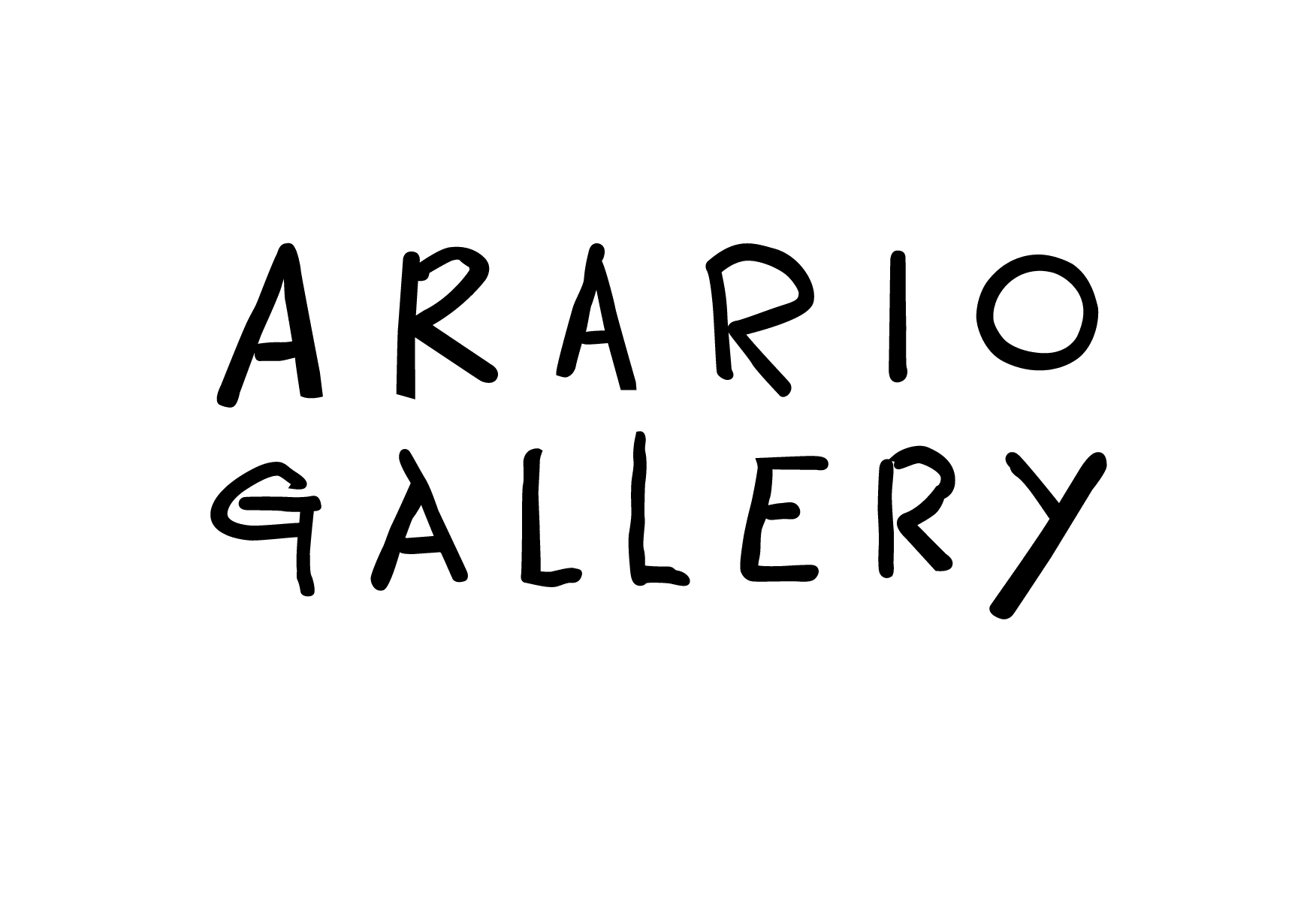







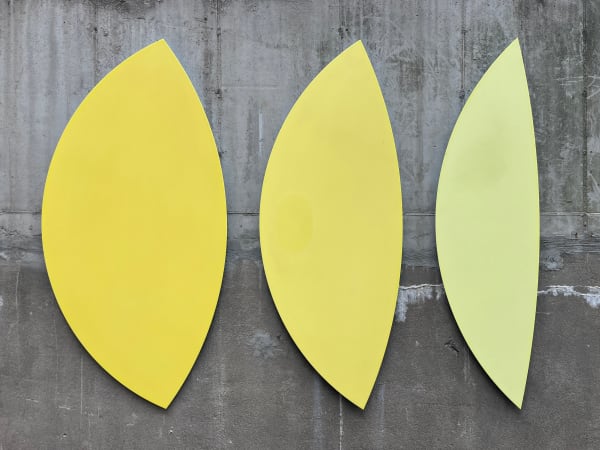


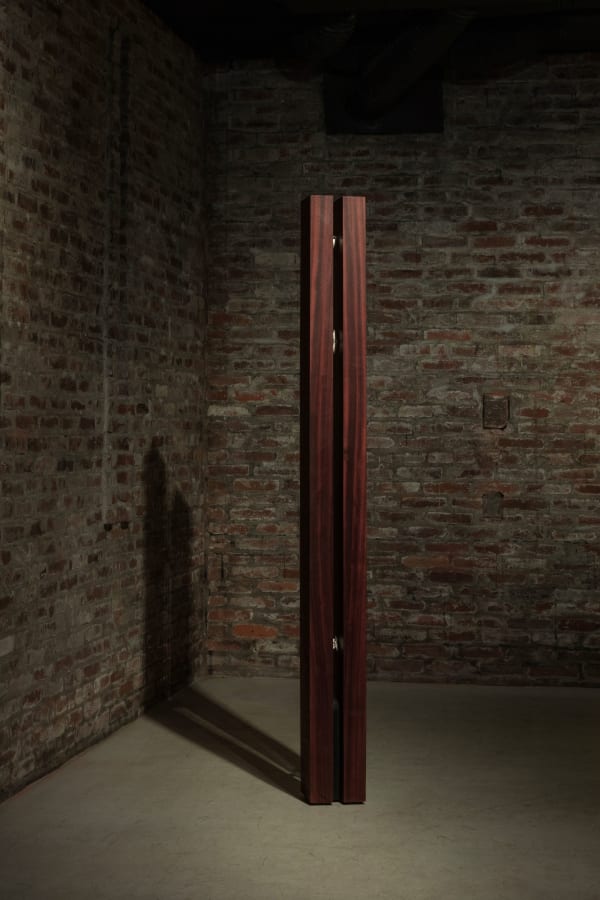
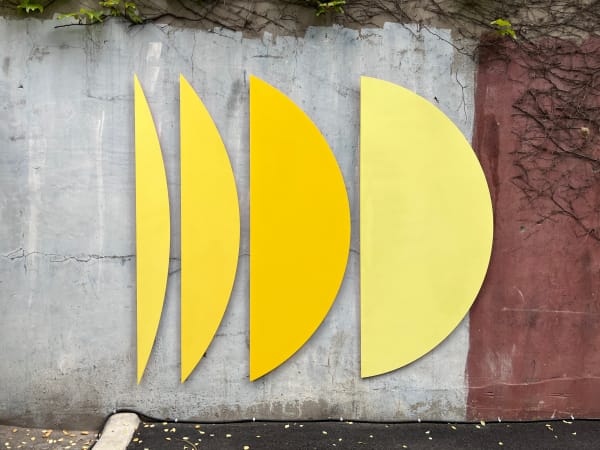



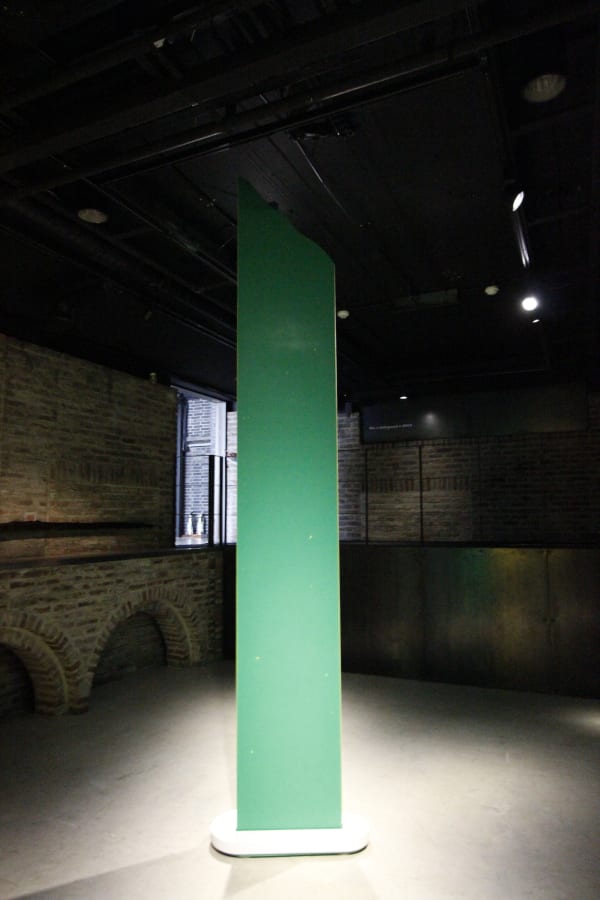



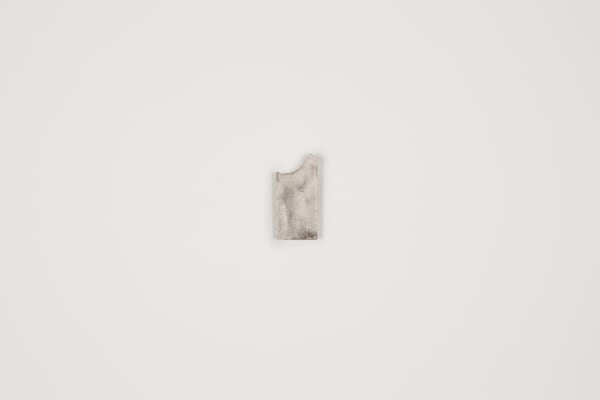
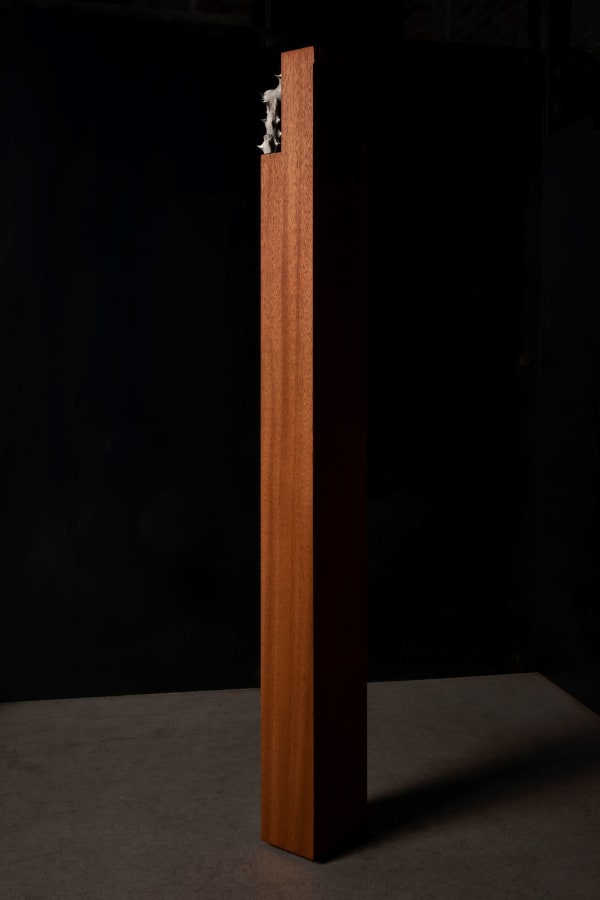
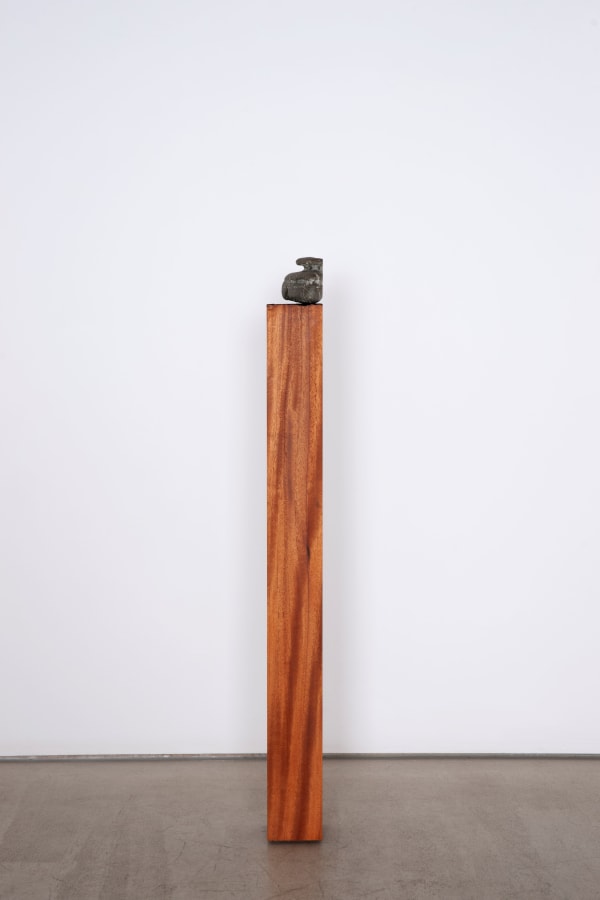

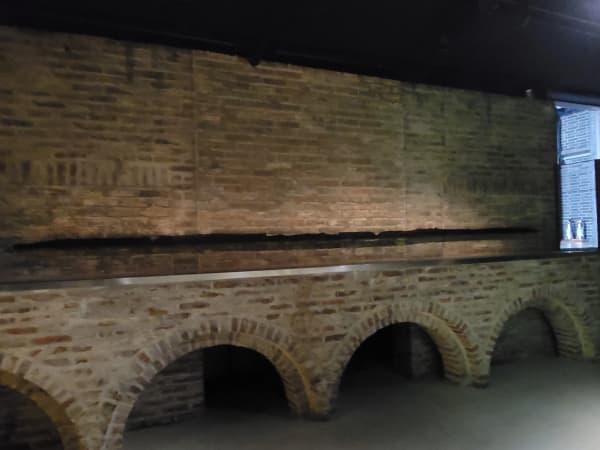




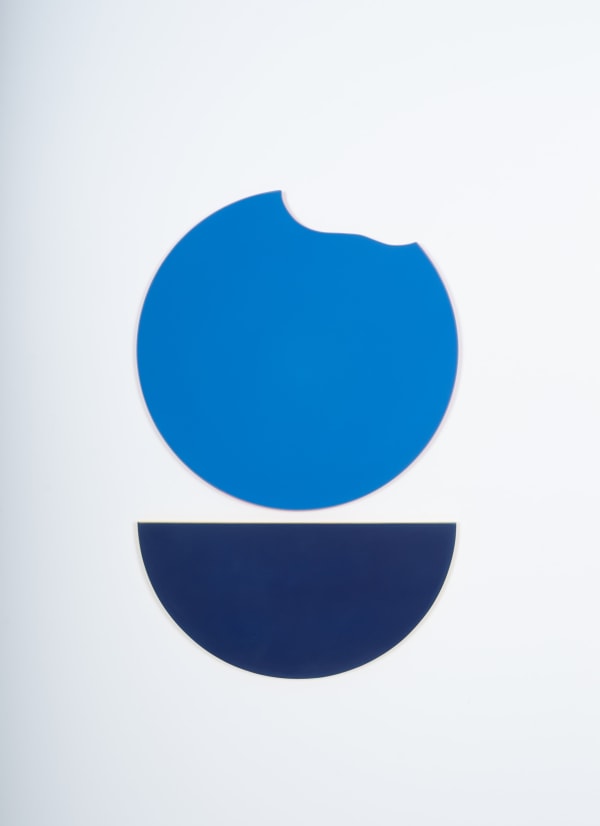
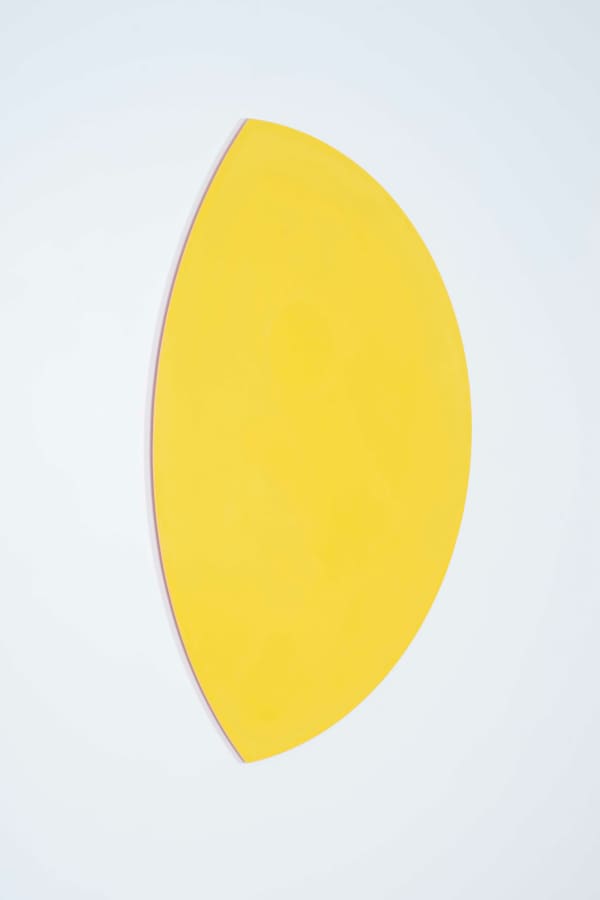





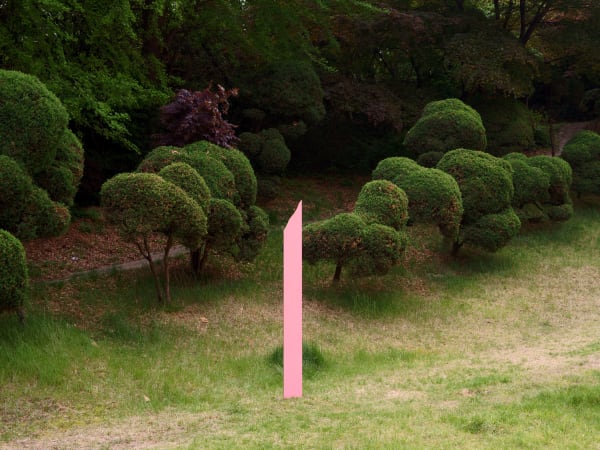




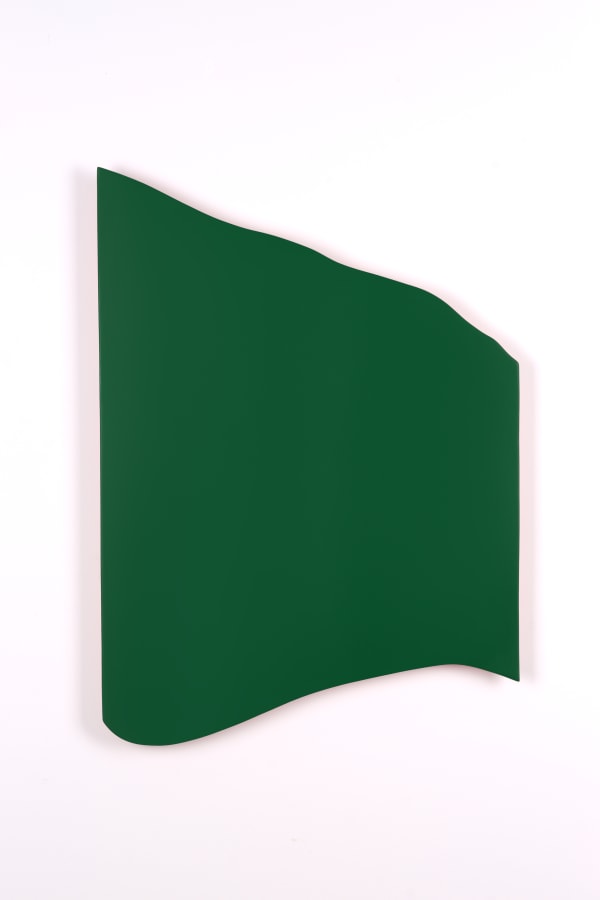



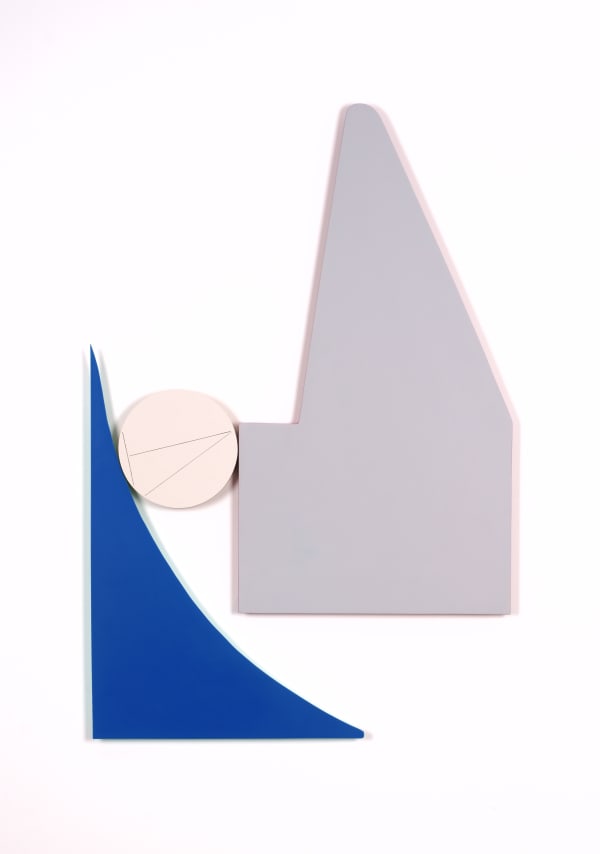









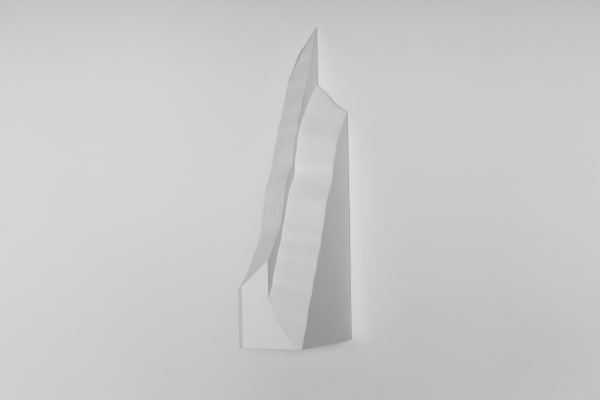




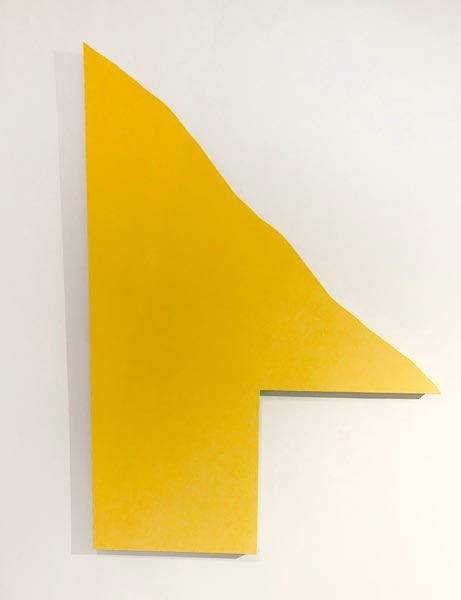






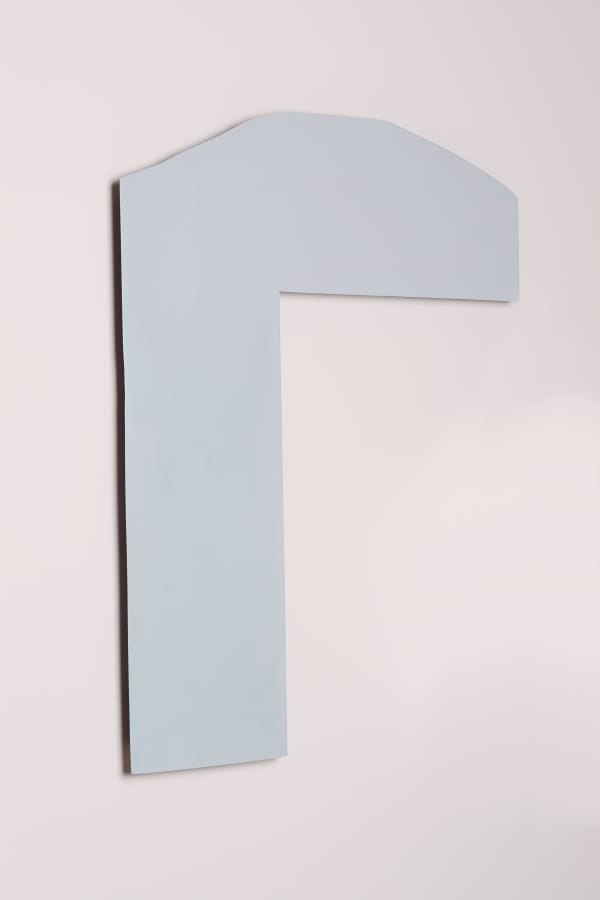







![[News] The Unique Charm of Ink Wash Painting: The Past and Present of Korean and Chinese Ink and Color Paintings](https://artlogic-res.cloudinary.com/w_600,c_limit,f_auto,fl_lossy,q_auto/ws-arario/usr/images/news/main_image_override/603/2024112805543727638_1732740877.jpg)
![[News] Masterpieces of First-Class Ink Wash Paintings That "Can't Even Be Seen in China" Arrive in Korea](https://artlogic-res.cloudinary.com/w_600,c_limit,f_auto,fl_lossy,q_auto/ws-arario/usr/images/news/main_image_override/602/image_20241129165357.jpg)
![[News] National Museum of Modern and Contemporary Art Hosts Korea-China Ink and Color Painting Exhibition: "The Unique Charm of Ink Wash Painting (水墨別美)"](https://artlogic-res.cloudinary.com/w_600,c_limit,f_auto,fl_lossy,q_auto/ws-arario/usr/images/news/main_image_override/604/image_20241129165345.jpg)
![[News] Traditional Korean landscape painting today](https://artlogic-res.cloudinary.com/w_600,c_limit,f_auto,fl_lossy,q_auto/ws-arario/usr/images/news/main_image_override/553/2024-09-07-104552.png)
![[News] An exhibition commemorating the promotion of Jeongamsa Sumano Pagoda to National Treasure of Jeongseon Jeongamsa Temple of Taebaeksan Mountain Jeokmyeolbogung, "With Oneself as an Island"](https://artlogic-res.cloudinary.com/w_600,c_limit,f_auto,fl_lossy,q_auto/ws-arario/usr/images/news/main_image_override/542/20240826183257_ezssicvg.jpg)
![[News] ARARIO GALLERY Unveils Dynamic Sculptural and Painterly Expressions at KIAF Seoul 2024](https://artlogic-res.cloudinary.com/w_600,c_limit,f_auto,fl_lossy,q_auto/ws-arario/usr/images/news/main_image_override/539/sdim1487.jpg)
![[News] "Editor GAP's House" met in 'OChoryang,' which is a 100-years-old house](https://artlogic-res.cloudinary.com/w_600,c_limit,f_auto,fl_lossy,q_auto/ws-arario/usr/images/news/main_image_override/496/4x5_8000-832x555.jpg)
![[News] Can't miss this...The Mandatory Viewing Course of 2024 Art OnO](https://artlogic-res.cloudinary.com/w_600,c_limit,f_auto,fl_lossy,q_auto/ws-arario/usr/images/news/main_image_override/485/news-p.v1.20240419.f73e18ea03384591b1986c315b9d6710_p1.jpg)
![[News] Yellow ribbon that fluttered for 10 years, when will the answer of the years come to mind... The 10th anniversary of the Ferry Sewol disaster 'Memory, Stare, Wish"](https://artlogic-res.cloudinary.com/w_600,c_limit,f_auto,fl_lossy,q_auto/ws-arario/usr/images/news/main_image_override/482/2024041401000699600028074.jpg)
![[News] The inside of a prominent side: Artist Talk with LEE Jeongbae](https://artlogic-res.cloudinary.com/w_600,c_limit,f_auto,fl_lossy,q_auto/ws-arario/usr/images/news/main_image/447/2024-01-18-112155.png)
![[News] The mountain and sun showing the gap of the building. A landscape painting these days.](https://artlogic-res.cloudinary.com/w_600,c_limit,f_auto,fl_lossy,q_auto/ws-arario/usr/images/news/main_image/419/aa.34752818.1.jpg)
![[News] Lemon-shaped Sunlight and a Green Stick Mountain...A Modern Landscape Painting of Geometric nature](https://artlogic-res.cloudinary.com/w_600,c_limit,f_auto,fl_lossy,q_auto/ws-arario/usr/images/news/main_image/411/2023100401032212273001_b.jpg)
![[News] The beauty of nature in its geometric form…"Rub,Jam and Glimmer"](https://artlogic-res.cloudinary.com/w_600,c_limit,f_auto,fl_lossy,q_auto/ws-arario/usr/images/news/main_image/407/optimize.jpeg)
![[News] 2.7ons of pure gold became Inwang Mountain...joy that has overturned common sense](https://artlogic-res.cloudinary.com/w_600,c_limit,f_auto,fl_lossy,q_auto/ws-arario/usr/images/news/main_image/408/20230923_01110118000001_l00.jpg)
![[News] A small piece of nature, becomes an artwork](https://artlogic-res.cloudinary.com/w_600,c_limit,f_auto,fl_lossy,q_auto/ws-arario/usr/images/news/main_image/421/2023-10-13-155535.png)
![[News] Gold and silver are the same price? It's possible in modern art.](https://artlogic-res.cloudinary.com/w_600,c_limit,f_auto,fl_lossy,q_auto/ws-arario/usr/images/news/main_image/405/0005190030_001_20230921152101026.jpg)
![[News] Arario Gallery Participates in International Art Fair Frieze Seoul and KIAF Seoul 2023 at the same time](https://artlogic-res.cloudinary.com/w_600,c_limit,f_auto,fl_lossy,q_auto/ws-arario/usr/images/news/main_image/393/20230817509713.jpg)
![[ FAIR ] ART SG 2023](https://artlogic-res.cloudinary.com/w_600,c_limit,f_auto,fl_lossy,q_auto/ws-arario/usr/images/news/main_image/381/kakaotalk_20221216_112528237_01.png)
